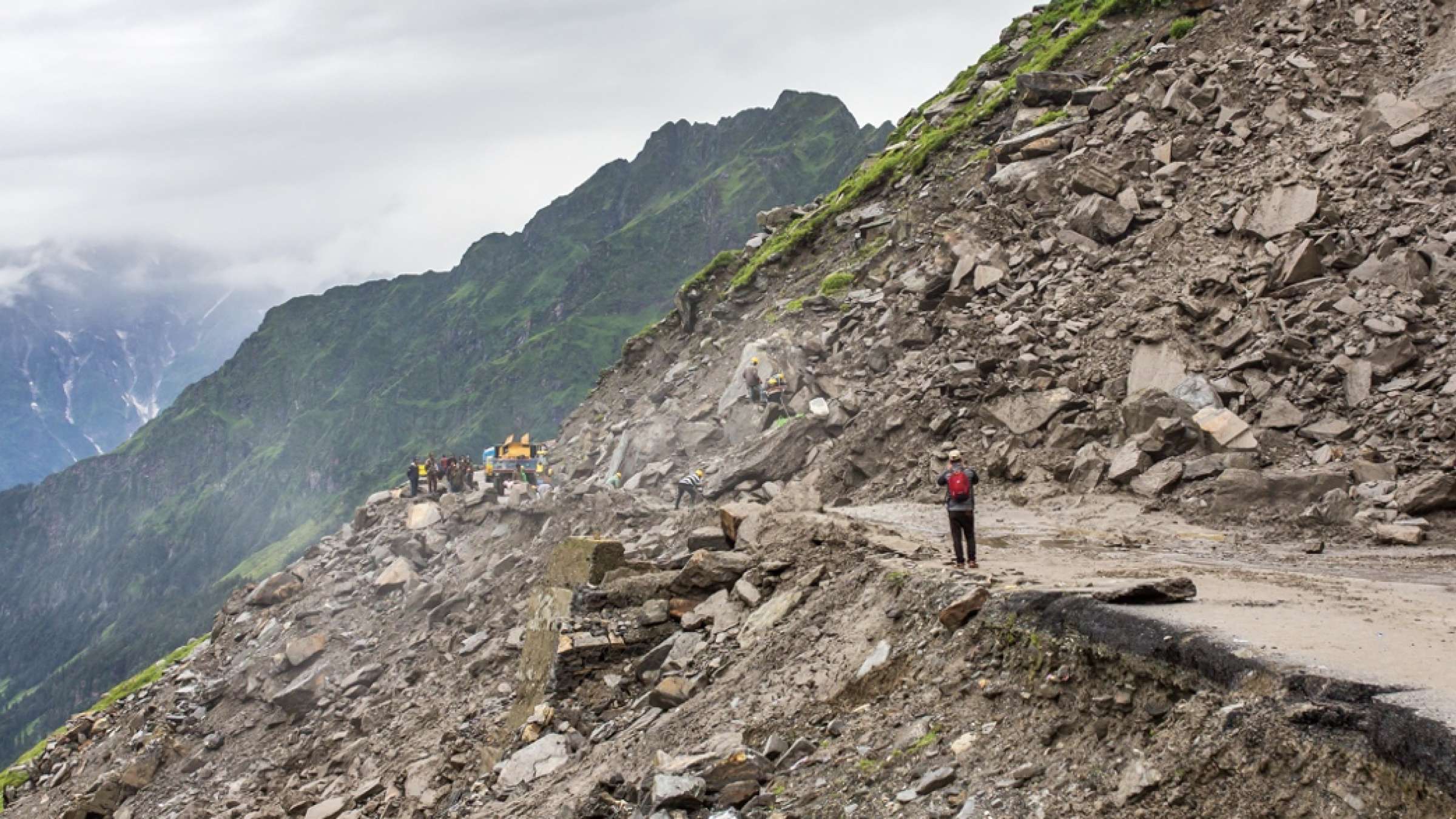MHEWC-III Learning Event: Common Alerting Protocol (CAP)
The Common Alerting Protocol (CAP), a digital format for exchanging emergency alerts, allows a consistent alert message to be disseminated simultaneously over multiple communications pathways. By normalizing alert data across threats, jurisdictions, and warning systems, CAP also can be used to detect trends and patterns in warning activity, such as trends that might indicate an undetected hazard or hostile act. From a procedural perspective, CAP reinforces a research-based template for effective warning message content and structure.
A single emergency alert can trigger a variety of public warning systems, increasing the likelihood that people receive the alert by one or more communication pathways.
The Common Alerting Protocol can:
- Add rich multimedia such as photographs, maps, streaming video and audio
- Geographically target emergency alerts to a defined warning area. This is limited only by the capacity of the delivery system used.
- Serve the needs of people who are deaf, hard of hearing, blind or low vision
- Send alerts in multiple languages
CAP Benefits
As more systems are built or upgraded to CAP, a single alert can trigger a wide variety of public warning systems, increasing the likelihood that intended recipients receive the alert by one or more communication pathways. CAP also provides the capability to include rich content, such as photographs, maps, streaming video and more. It enables geo-targeting alerts to a defined warning area, limited only by the capacity of the delivery system used.
Documents
Learn more
The First Multi-Hazard Early Warning Conference (MHEWC-I): Saving Lives, Reducing Losses was organized by IN-MHEWS and took place on the 22nd and 23rd of May 2017 in Cancún, Mexico, as a pre-event to the Fifth Session of the Global Platform for Disaster Risk Reduction in 2017 (GP2017). The Second Multi-Hazard Early Warning Conference (MHEWC-II) took place on the 13th and 14th of May 2019 as a pre-event to the Sixth Session of the Global Platform for Disaster Risk Reduction (GP2019) at the Headquarters of the World Meteorological Organization (WMO) in Geneva.
Building on the progress and achievements of the first two conferences, the Third Multi-Hazard Early Warning Conference (MHEWC-III) is planned to take place 21-22 May 2022 at Bali Nusa Dua Convention Center, Bali, Indonesia. MHEWC-III provides a unique opportunity to review key accomplishments, share skills, experience, and expertise within an active MHEWS network. Attendees will exchange and explore how the community can scale efforts in MHEWS implementation to better deliver on the aspirations of MHEWS the Sendai Framework, Paris Agreement, and Sustainable Development Goals. Moreover, practical training opportunities to support and enhance understanding and utilization of key advances in science will be organized. Training is envisioned to include modules on artificial intelligence, new data sources/information, communication standards / technologies, monitoring and evaluation to track the effectiveness of MHEWS.

Agenda
Location
BICC Ground Floor
Online access
Participation
Open to those registered for the conferenceInterpretation
FR, ESDetails
Contact
On behalf of the co-chairs of IN-MHEWS (UNOOSA/ UN-SPIDER and WMO), [email protected]
